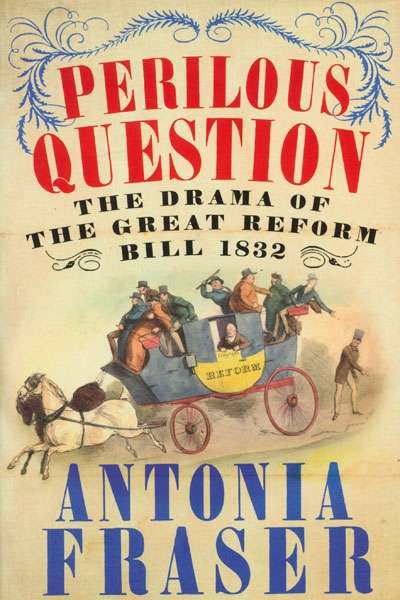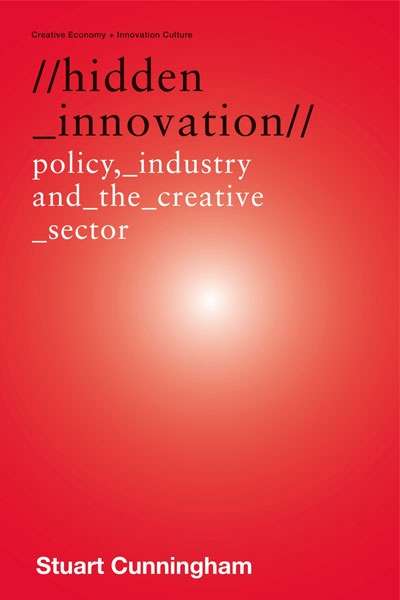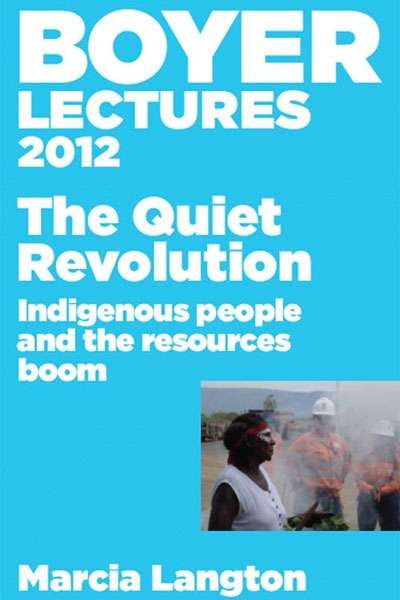Non Fiction
Roy Strong was appointed director of the National Portrait Gallery (NPG) in 1967 at the age of thirty-two. Today it would be astonishing to head one of the United Kingdom’s national collections at that age; five decades ago it was outrageous. Only Kenneth Clark at thirty was younger when he became director of the National Gallery. Strong’s ascent to the NPG has stayed in his mind as the fulcrum of his professional life.
... (read more)Perilous Question: The Drama of the Great Reform Bill 1832 by Antonia Fraser
ver fifty years have passed since I wrote my first tutorial essay in Politics, Philosophy, and Economics (PPE), or Modern Greats, as it was known in Oxford. The subject was the Great Reform Bill of 1832, which for the first time in over a century expanded the right to vote and redrew the electoral map of Great Britain ...
... (read more)Hidden Innovation: Policy, Industry and the Creative Sector by Stuart Cunningham
According to one study cited in Stuart Cunningham’s book, there are two opposing groups of people: ‘Political Junkies (PJs)’ and ‘Big Brother fans (BBs)’. PJs think that it beggars belief that anyone could think Big Brother was useful. BBs say that politicians are unapproachable and out of touch. As an MP who used to quite enjoy watching Big Brother, I found myself torn. Am I a BB or a PJ? A PJ in BBs? Or a BB in PJs?
... (read more)The Quiet Revolution: Indigenous People and the Resources Boom (2012 Boyer Lectures) by Marcia Langton
The Aborigines of Australia are among the more land-rich of colonised peoples. More than one fifth of Australia is under Aboriginal ownership, and a perpetual fund – established by Labor and fattened by Coalition and Labor governments – will add to this estate. To examine this recent change in Australian real estate as a ‘quiet revolution’ was a good choice of theme by Marcia Langton.
... (read more)Monet’s Garden: The Musée Marmottan Monet, Paris edited by Marianne Mathieu et al.
Claude Monet as an emotive artist? Hitherto, I have viewed Monet’s painting – or at least Monet the Impressionist – as sensual but detached. Having seen Monet’s Garden at the National Gallery of Victoria, I am now of the view that the artist’s later painting (the exhibition focuses on the work made at Giverny from 1893 until the artist’s death in 1926) has a subliminal and even expressionist dimension. How else to characterise the elegiac quality of the wonderful water lily series and the late abstract-like garden paintings made with such abandon? Moreover, having learned more about Monet himself at this time, I appreciate that he was far more challenged by life experiences than I had presumed, in spite of the tremendous critical and commercial success he enjoyed in the last decades of his career.
... (read more)Antipodes: A Global Journal of Australian/New Zealand Literature, Vol. 26, No. 2 edited by Nicholas Birns
A polyphony of voices in Antipodes offers readers a textured view of literature from Australia and New Zealand. Contributors to this biannual journal are Australianists from all over the world. This globalisation is perhaps best evidenced by the inclusion of critics from Portugal, Slovenia, Lebanon, and Austria, writing incisively about Gail Jones, Indigenous poetry, Australian Lebanese writers, and German translations of Aboriginal literature. Stephen Mansfield’s melismatic double feature on fathers and masculinity in John Hughes’s The Idea of Home (2004) is a highlight, but his interview with Hughes suffers from being conducted via email, while Jean-François Vernay’s interview with Sallie Muirden is a fascinating and unconstrained discussion of writing. Mark Larrimore’s essay on teaching ‘Aboriginal Australian Religion in an American Liberal Arts College’ is another example of the way Antipodes offers more than standard critiques on literature.
... (read more)A Flower Between the Cracks: A Memoir of Love, Hope and Disability by Helen Sage
A Flower Between the Cracks, South Australian writer Helen Sage’s first book, chronicles her experience of caring for a disabled child over a period of several years. Sage’s busy but comfortable life was changed irrevocably when her daughter, Jayne, was involved in a horrific car accident. Prior to this, Jayne had been a psychology honours student who loved ‘rock, blues, playing the piano’ and was ‘a real nature buff’. Jayne survived her accident, but emerged with an acquired brain injury.
... (read more)Alec Hugh Chisholm, born in 1890 at Maryborough, is a legendary figure among Australian birders. He was a pioneering member of the Royal Australasian Ornithologists Union, later known as Birds Australia, now BirdLife Australia, and worked tirelessly to facilitate and promote ornithological research. He was a prolific author of journal articles, field notes, prefaces, reflective essays, and popular books on birding.
... (read more)Soldier of Christ: The Life of Pope Pius XII by Robert A. Ventresca
Not the least portent of change in the Catholic Church since the Argentine Jesuit Jorge Bergoglio was elected as Pope Francis earlier this year has been mounting speculation that the new pontiff will disclose all documents in the Vatican archives concerning the most controversial of his twentieth-century predecessors, Eugenio Pacelli, who reigned as Pius XII from 1939 to 1958.
... (read more)The Last Blank Spaces: Exploring Africa and Australia by Dane Kennedy
Dane Kennedy reminds us that not so long ago exploring held an honoured place among recognised professions. Today, though, the job is extinct. For about a century and a half, the business of exploration was most vigorously pursued in Africa and Australia, yet among the thousands of volumes devoted to ...
... (read more)










